Race Course Park Rawalpindi
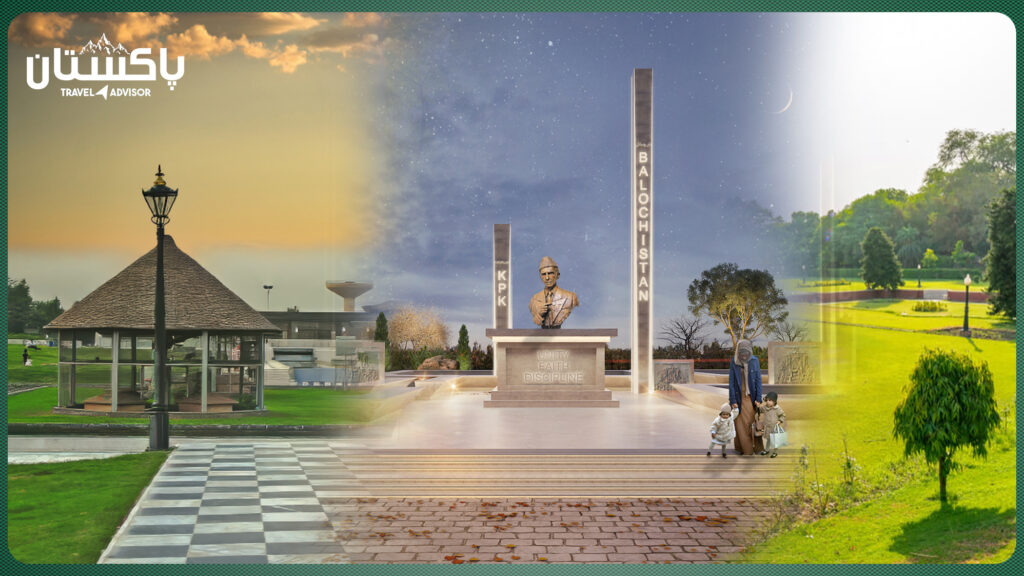
Introduction Nestled in the heart of Rawalpindi, Race Course Park is a popular destination for both locals and visitors. This vibrant park offers a perfect blend of natural beauty, recreational activities, and historical significance. Whether you’re looking for a place to relax, exercise, or spend quality time with family and friends, Race Course Park has […]
Centaurus Mall Islamabad
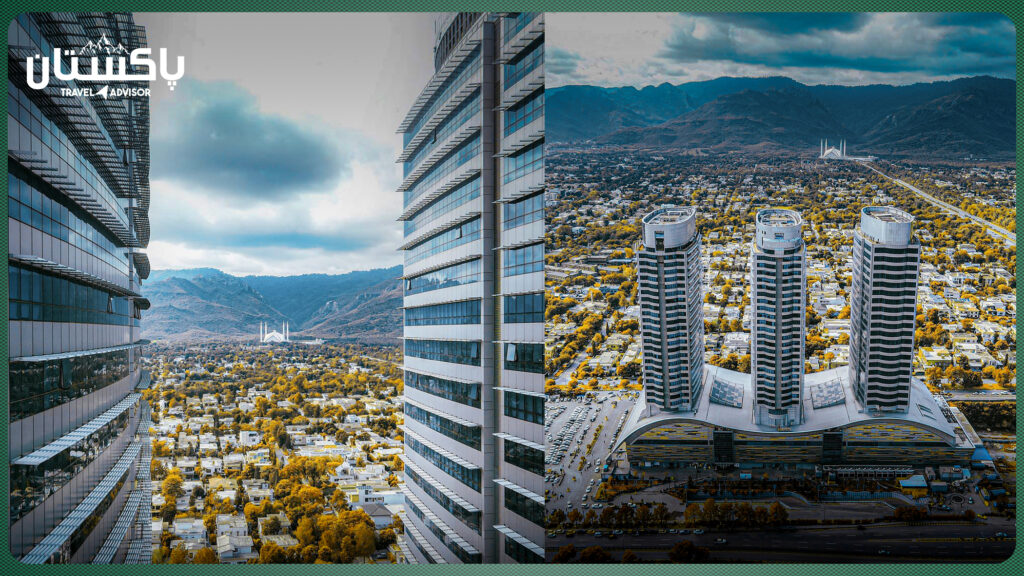
Introduction Centaurus Mall, located in the heart of Islamabad, Pakistan, is more than just a shopping center—it’s a blend of luxury and convenience. Beyond shopping, it offers a diverse culinary experience with restaurants serving both traditional Pakistani and international cuisines. Visitors can also enjoy the latest movies at the modern cinemas and have fun at […]
Rawalpindi Cricket Stadium

Introduction Rawalpindi Cricket Stadium is located in the lively city of Rawalpindi, Pakistan. It’s a very important place for cricket and has a rich history. The stadium is famous for its exciting atmosphere and the unforgettable cricket matches played there. Rawalpindi Cricket Stadium has witnessed some of the most thrilling moments in cricket. From intense […]
Lake View Park Islamabad
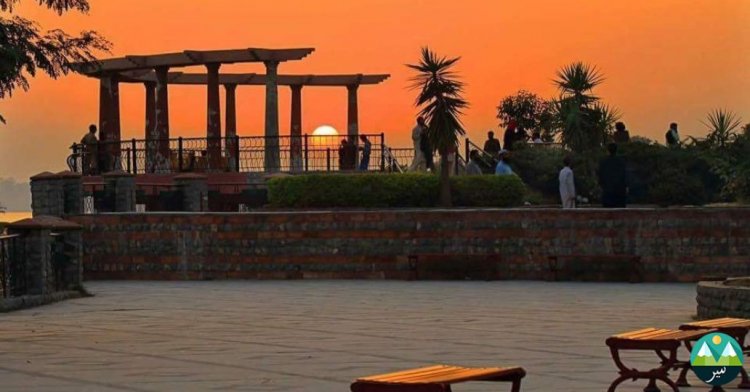
Introduction Nestled at the edge of Rawal Lake, Lake View Park is one of Islamabad’s most popular recreational spots. Offering stunning views of the lake and surrounded by lush greenery, it’s a perfect destination for families, nature lovers, and adventure seekers. Whether you’re looking to unwind in nature or engage in outdoor activities, this park […]
Wazir Khan Mosque: Historical Marvel of Mughal Architecture

Introduction The Wazir Khan Mosque in Lahore, Pakistan, is a beautiful example of Mughal architecture. It was built between 1634 and 1641 by Wazir Khan, the Governor of Lahore, during Emperor Shah Jahan’s rule. The mosque is famous for its detailed tile work, paintings, and calligraphy. It has a unique Persian style, with a large […]
Daman e Koh the Best View Point of Islamabad
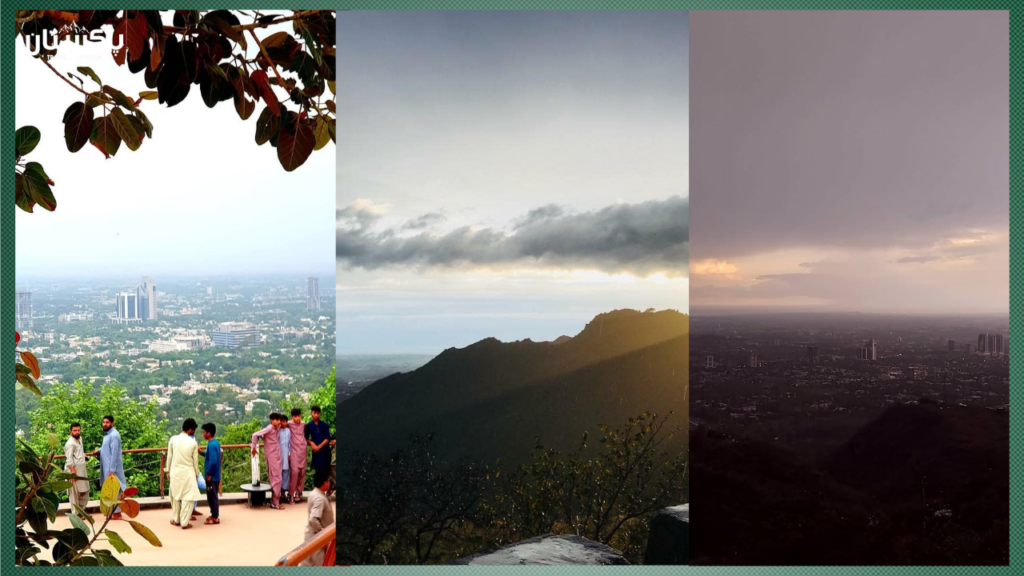
Introduction Daman-e-Koh is located about 2400 feet above sea level in Margalla Hills National Park. Daman means bottom and Koh means Hills which we can collectively say foothills. Daman e Koh offers breathtaking views of Islamabad, on a clear day we can see the entire view of the city from Shah Faisal Masjid, Rawal Lake, […]
Minar-e-Pakistan
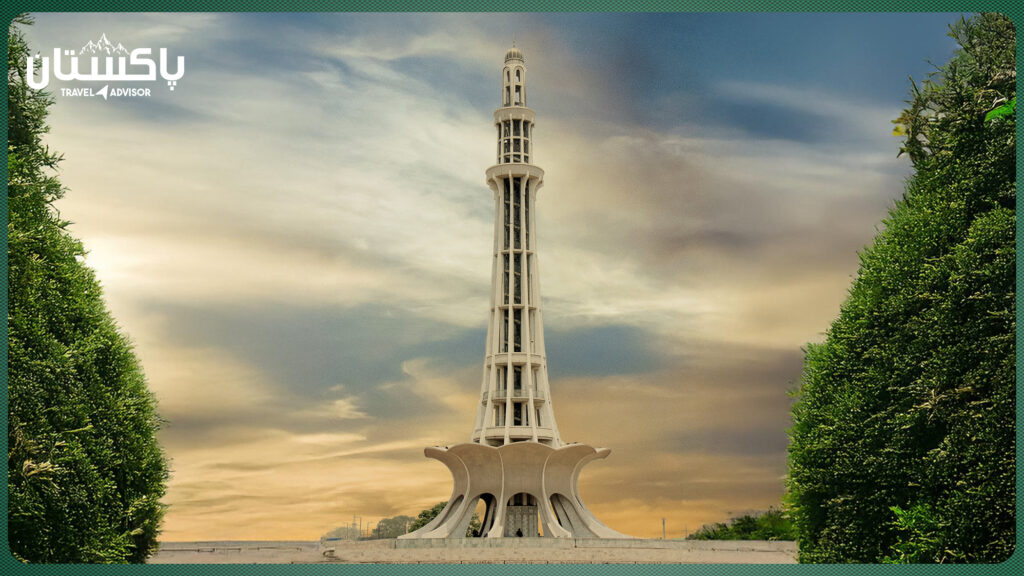
Introduction Minar-e-Pakistan, located in the heart of Lahore, stands not just as a towering structure but as a symbol of Pakistan’s creation and the resilience of its people. This historical monument reminds visitors of the 1940 Lahore Resolution, when leaders formally demanded a separate nation for Muslims of the Indian subcontinent. Today, people from all […]
“Do Darya Karachi” The Travel Guide
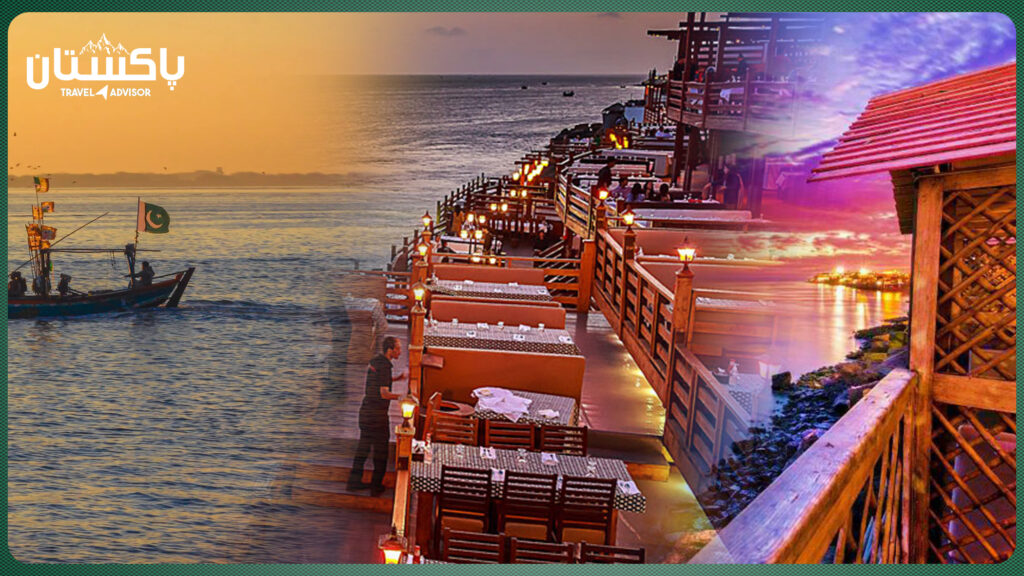
Do Darya, located at the edge of Karachi, is one of the most famous destination known for its array of restaurants offering variety of cuisines with the lovely view of Arabian Sea. The name “Do Darya” translates to “two Seas”, which refers to its location where the sea seems to surround the dining area, creating […]
Golf Club Rawalpindi

“Golf Club Rawalpindi” Introduction Rawalpindi, a city known for its vibrant culture and historical significance, also boasts some of the finest recreational facilities in Pakistan. Among these is the prestigious Golf Club Rawalpindi, a haven for golf enthusiasts and those seeking a luxurious leisure experience. Whether you’re an avid golfer or simply looking for a […]
Ayub Park Rawalpindi
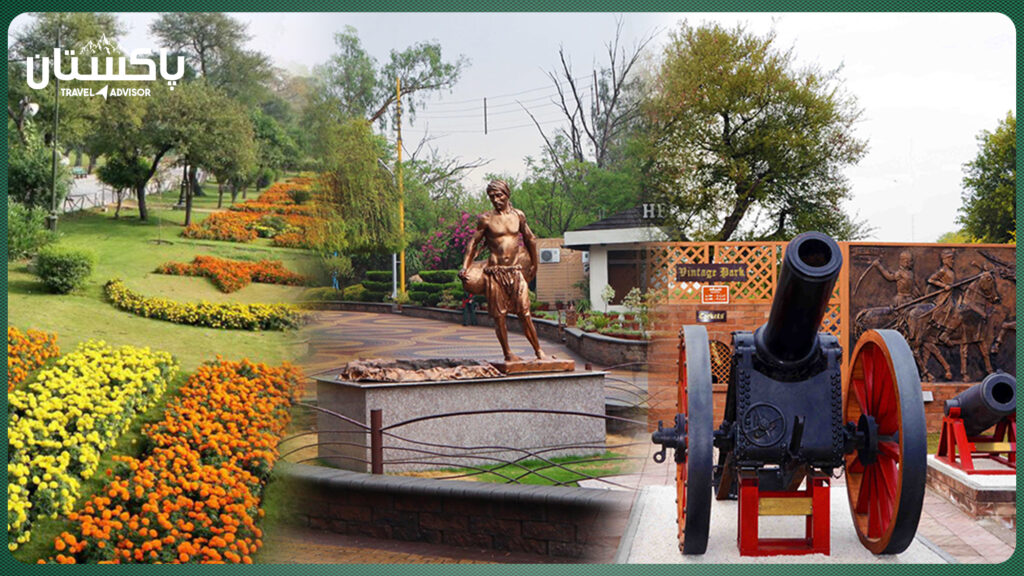
“Ayub Park Rawalpindi” Introduction Ayub Park is also known as Ayub National Park, is located in Rawalpindi and spanning over 2300 acres. This park is best for families, nature lover and adventure seekers. In this travel guide we’ll explore and find out almost everything about Ayub Park Rawalpindi. Ayub Park Overview: Situated in Rawalpindi and […]